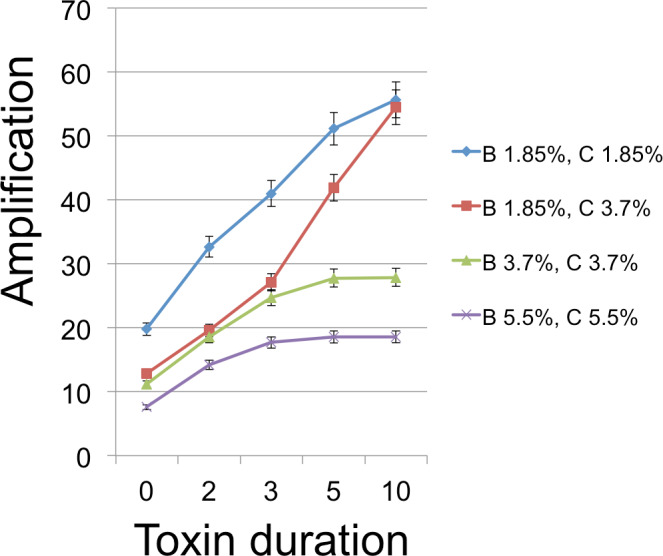Figure 5. B Cell amplification as a function of toxin duration for different initial cell densities.

Toxin duration (horizontal axis) indicates the number of simulation time steps that a toxin molecule will remain viable; the value x = 0 corresponds to the situation with no lysin. The initial numbers of cells ranged among the values 200 (1.85% of available space), 400 (3.7%), and 600 (5.5%). Clearly a judicious choice of initial conditions can make it substantially easier to select improved toxins. Toxin production is the number of toxin molecules produced per simulation time step by a B cell, provided it has sufficient energy (a value of 2 was used here); toxin diffusion rate is the number of patches that a toxin moves (in a randomly chosen direction) each time step (2); toxin adsorption probability indicates the probability that a toxin molecule will attach to a C cell when they occupy the same patch (0.33). The dynamic range was highest for lower cell densities and corresponds to an overall 2.8 × increase for one initial cell density and 4.25 × for a different initial configuration. Other model parameters were toxin toxicity (1/3), nutrient units per patch (12), nutrient units available per killed cell (.5), simulation time (350 steps).
